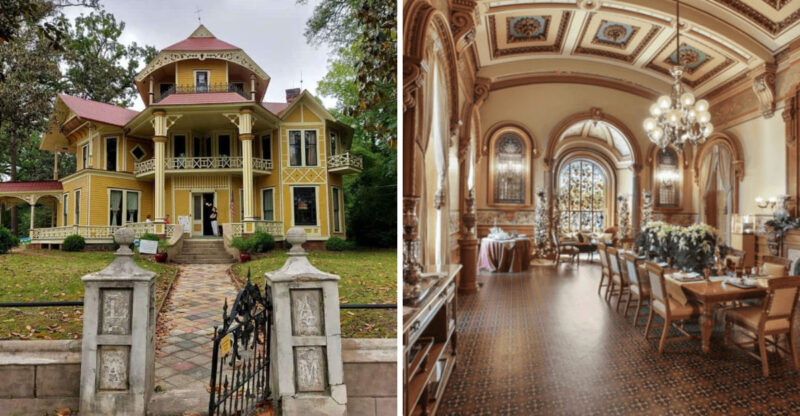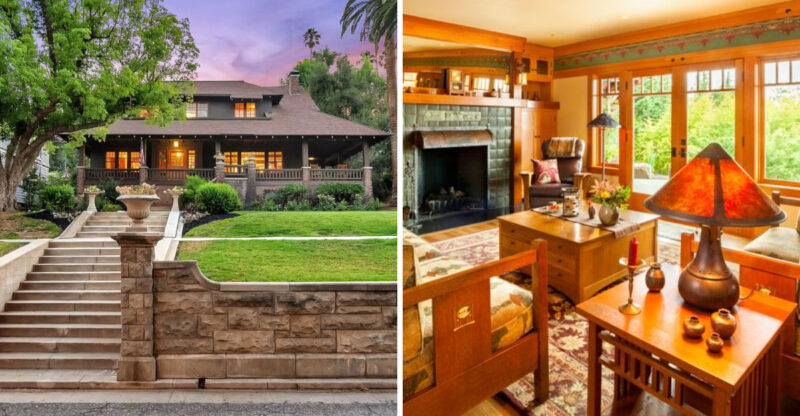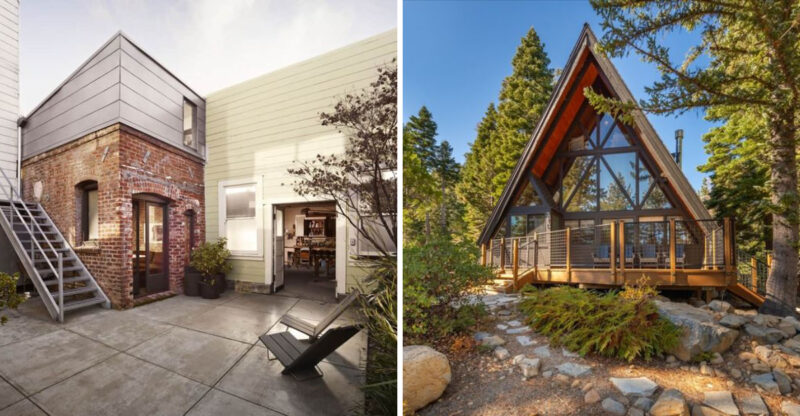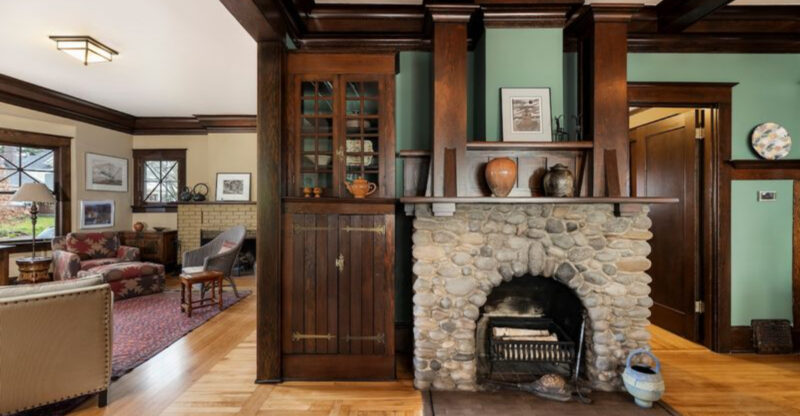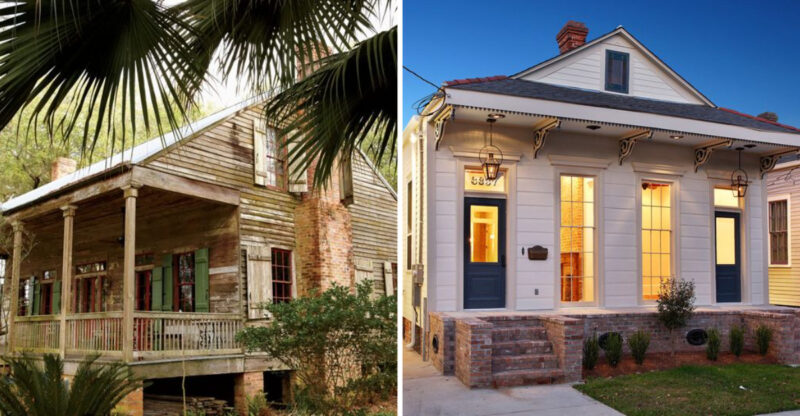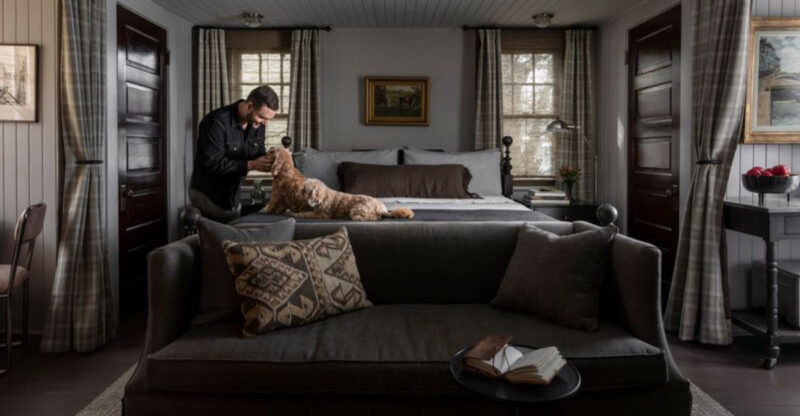14 Iconic Florida Estates Known For Their Distinctive Style
Florida’s architectural landscape showcases some of America’s most stunning estates. From Mediterranean Revival mansions to Gothic masterpieces, these properties tell stories of wealth, ambition, and artistic vision that shaped the Sunshine State.
Whether perched along pristine beaches or nestled in lush gardens, these iconic estates offer glimpses into Florida’s glamorous past while continuing to inspire designers today.
1. Mar-a-Lago, The Palm Beach Palace
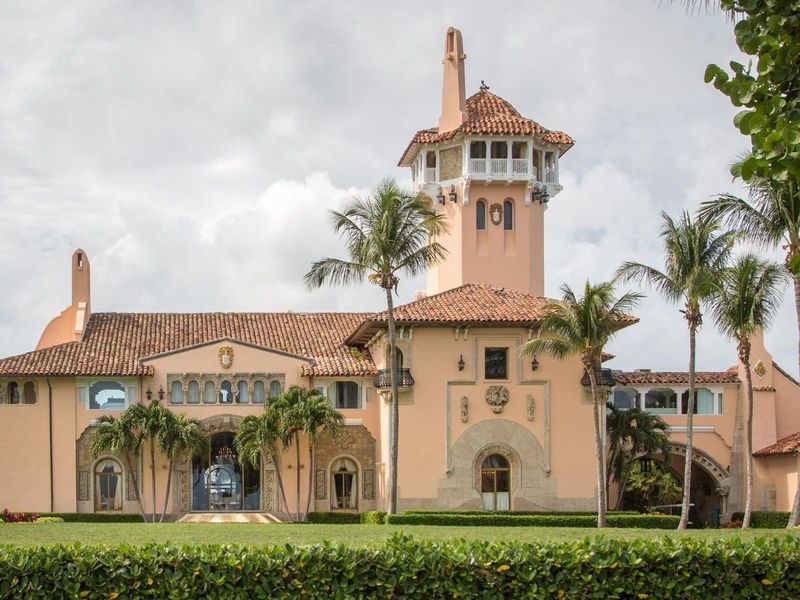
Where Mediterranean meets Moorish meets over-the-top opulence. This 1927 estate might be famous now for its presidential connections, but its architectural significance dates back decades. Cereal heiress Marjorie Merriweather Post spared no expense creating this 126-room wonderland.
The Spanish-tile roofs and ornate stone carvings make Mar-a-Lago instantly recognizable among Palm Beach’s elite properties. Gold leaf details adorn practically everything inside, because sometimes in design, more really is more!
2. The Breakers, Gilded Age Grandeur
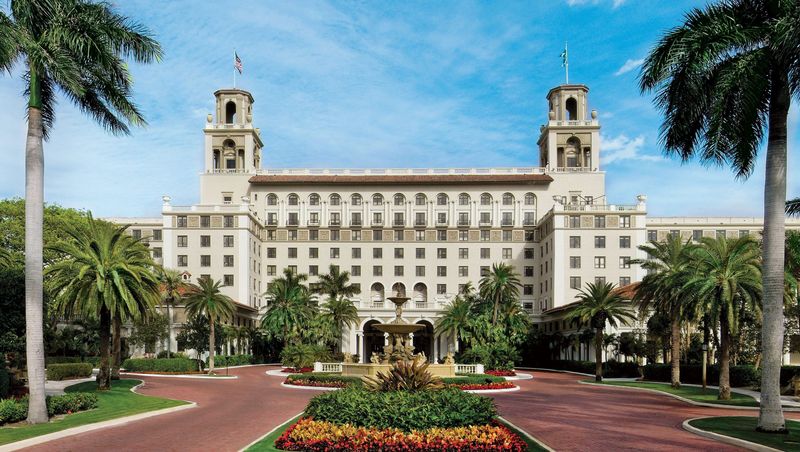
If walls could talk, The Breakers would tell tales of America’s most elite families sipping champagne while watching Atlantic waves crash below. This Italian Renaissance-style hotel began as a private estate before transforming into the ultimate playground for the wealthy.
Henry Flagler’s vision resulted in 73 majestic feet of ceiling height in the lobby alone! The hand-painted details throughout would make even the most seasoned designer swoon.
Though technically a hotel now, The Breakers retains the intimate grandeur of a personal palace.
3. Ca’ d’Zan, The Venetian Gothic Masterpiece
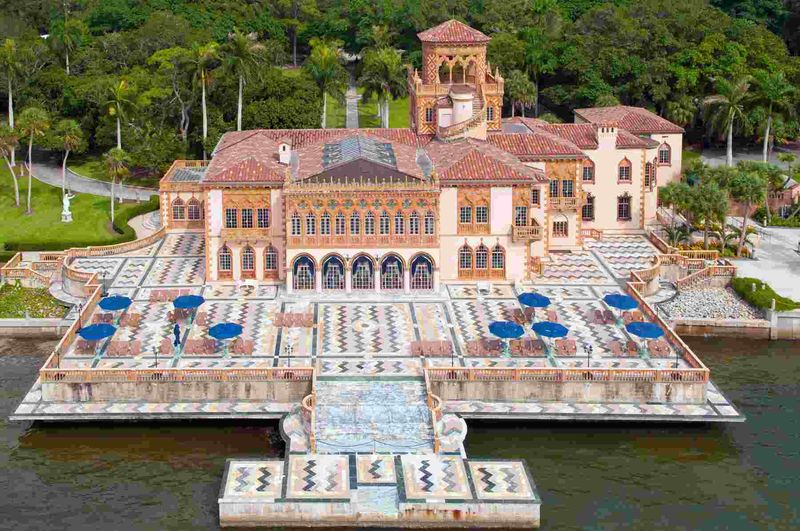
How many homes have their own gondola landing? Ca’ d’Zan (House of John) brings Venice straight to Sarasota with its waterfront splendor. Circus magnate John Ringling and his wife Mable created this technicolor dream palace after falling in love with Venetian architecture.
The terracotta and glazed tiles shimmer like jewels against Florida’s blue skies. Inside, the Court of Babylon room makes my designer heart race with its glass ceiling that changes colors throughout the day.
Nowhere else in Florida captures European romance quite like this 1920s masterpiece.
4. Villa Vizcaya, The Secluded Garden Retreat
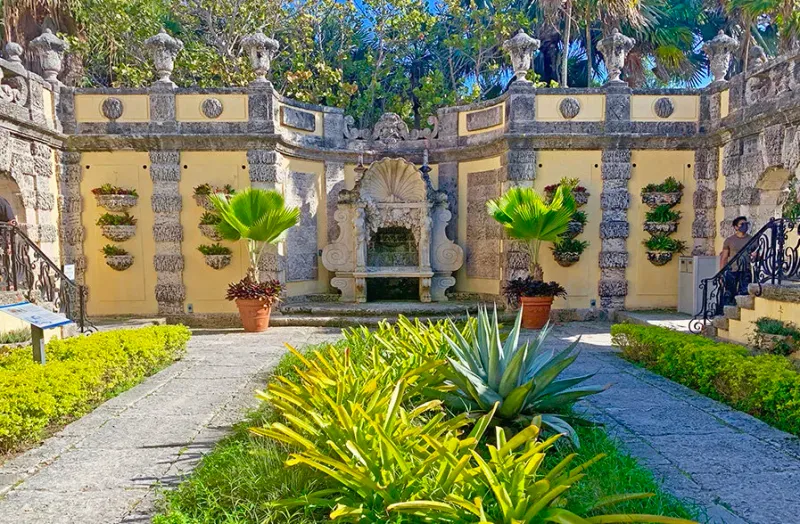
Hidden within the larger Vizcaya complex lies this intimate villa that feels worlds away from Miami’s hustle. While technically part of the main estate, Villa Vizcaya deserves its own spotlight for distinctive garden integration that blurs indoor-outdoor boundaries.
The secret garden rooms create perfect meditation spaces that I recommend to clients seeking tranquility. Lush bougainvillea climbs weathered stone walls that look centuries older than they actually are.
Water features throughout the grounds create natural air conditioning. A truly brilliant design that worked long before modern HVAC!
5. Bonnet House, The Whimsical Wonderland
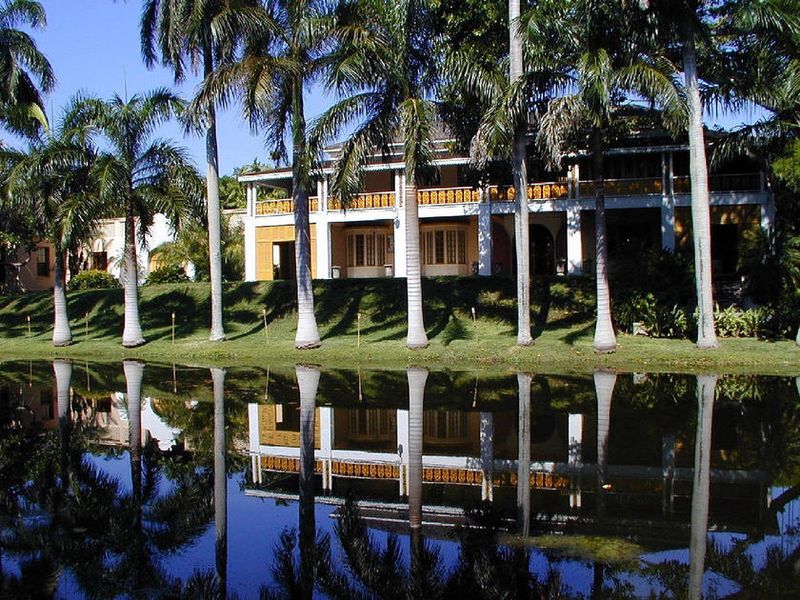
Who says historic estates must be serious? Bonnet House throws that notion out of its colorfully painted windows! This Fort Lauderdale gem combines plantation-style architecture with artistic eccentricity that makes me smile every time I visit.
The estate’s original owners, artists Frederic and Evelyn Bartlett, infused playful touches everywhere, from monkey-themed decorations to lively ceiling murals. Yellow and blue exterior accents pop against tropical foliage.
Among Florida’s grand estates, Bonnet House stands out for embracing joy and whimsy rather than just imposing grandeur.
6. The Addison, Mediterranean Revival Perfected

This might be Boca Raton’s most perfect example of Mizner-style architecture, and that’s saying something in a town practically defined by the style! Architect Addison Mizner created this estate as his personal office and residence, essentially making it his portfolio in physical form.
The courtyard design brings natural cooling breezes through every room. Those signature arched windows frame views like Renaissance paintings!
Though now used as an event venue, The Addison maintains the intimate proportions and detailed craftsmanship that defined Florida’s golden age of Mediterranean Revival architecture.
7. Stranahan House, Fort Lauderdale’s Pioneer Jewel
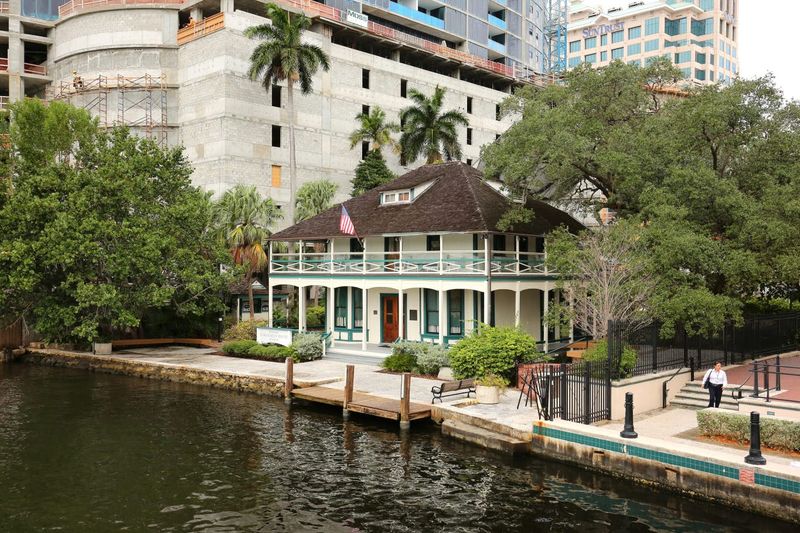
This humble-looking home might seem out of place among palatial mansions, but its historical significance outshines many grander estates! Built in 1901 as both a trading post and residence, Stranahan House witnessed Fort Lauderdale transform from a frontier outpost to a vacation destination.
The wide wraparound porch serves as an outdoor living room, a design feature I still recommend for Florida homes today. Constructed from sturdy Dade County Pine, this structure has survived hurricanes that flattened newer buildings.
Among Florida’s historic estates, few capture early pioneer life with such authentic charm.
8. Eden Roc Miami Beach, Mid-Century Luxury Icon

When mid-century modern meets Miami glam, magic happens! This curvilinear masterpiece by Morris Lapidus broke all the rigid rules of traditional architecture when it debuted in 1955. The sinuous shapes mimic ocean waves, pure design brilliance!
Eden Roc’s sweeping staircases were created specifically for grand entrances in evening gowns. Those iconic “cheese hole” walls aren’t just decorative, they create fascinating shadow patterns throughout the day.
It’s technically a hotel, but Eden Roc’s residential-style suites and private cabanas established a new standard for luxurious Florida living.
9. Coral Gables Biltmore Hotel, Spanish Colonial Splendor
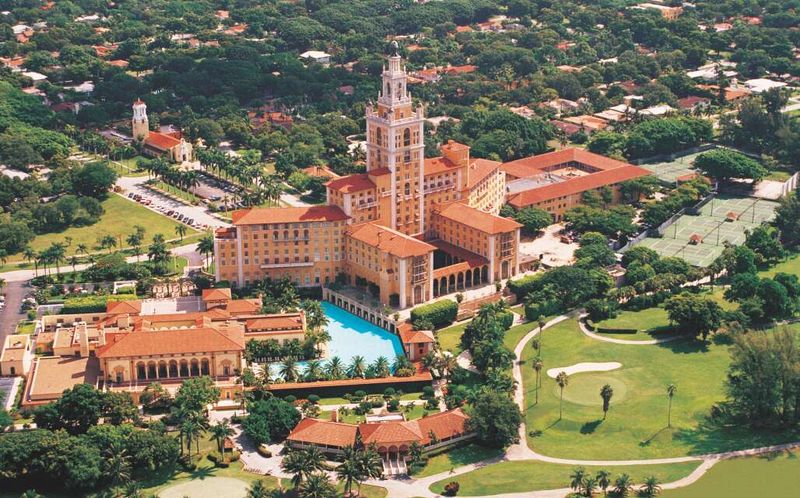
That iconic tower rises like a Mediterranean lighthouse amid Coral Gables’ lush landscape. This 1926 masterpiece by Schultze and Weaver combines Spanish, Moorish, and Italian influences into something uniquely Floridian.
The grand lobby makes visitors feel like Spanish royalty from the moment they enter. The hand-painted wooden ceiling beams required artisans imported directly from Spain.
Outside, the legendary pool once hosted swimming exhibitions by Olympic athletes! Though functioning as a hotel, the Biltmore’s residential wings and private cabanas established design standards that influenced countless Florida homes.
10. Ringling Mansion, The Circus Baron’s Showplace
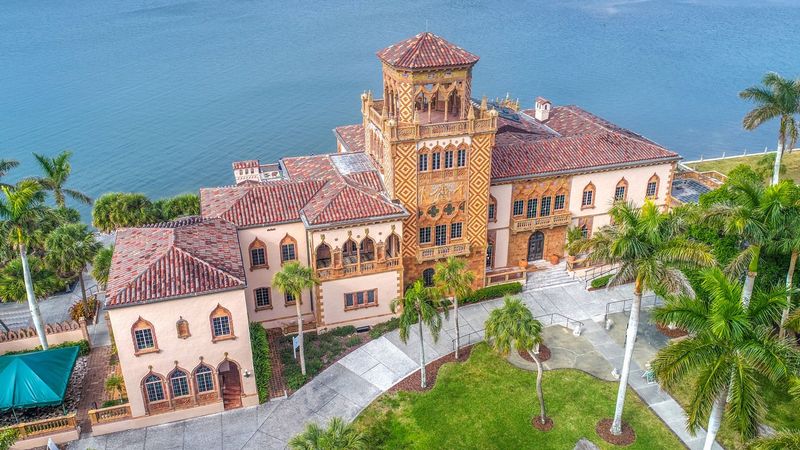
Did you know this pink palace has a name? Ca’ d’Zan means “House of John” in Venetian dialect, perfectly fitting for circus magnate John Ringling’s waterfront showplace.
While technically the same property mentioned earlier, the main mansion deserves special attention for its theatrical approach to residential design.
The bayfront terrace features tiles salvaged from actual Venetian palaces. Inside, the game room ceiling was painted to resemble a circus tent, a playful nod to the source of Ringling’s fortune. This cotton-candy colored masterpiece captures the exuberant spirit of 1920s Florida wealth.
11. Deering Estate, The Limestone Landmark
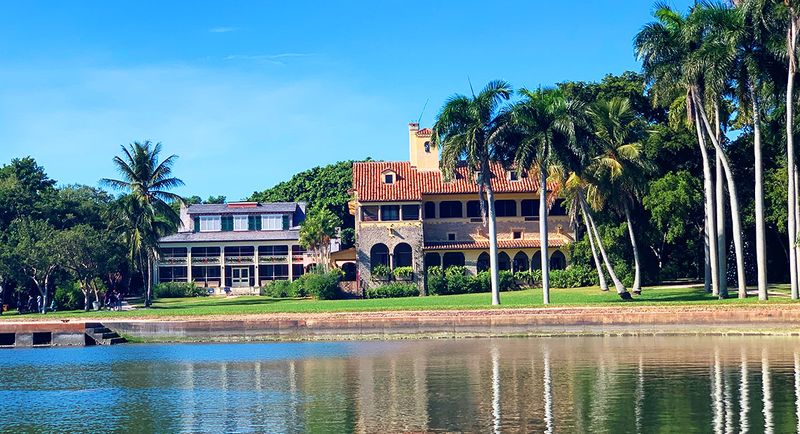
Though less flashy than its cousin Vizcaya, this Miami estate captures Old Florida charm with its native limestone construction and integration with the natural landscape. Charles Deering (James’ brother) created this more understated but equally significant property as both a residence and a nature preserve.
The Stone House features walls three feet thick, providing natural insulation against Miami heat! Archaeological sites throughout the grounds reveal thousands of years of human history.
Among Florida’s historic estates, Deering Estate stands out for embracing the region’s natural environment rather than imposing European styles upon it.
12. Vizcaya Museum And Gardens, The Italian Renaissance Dream
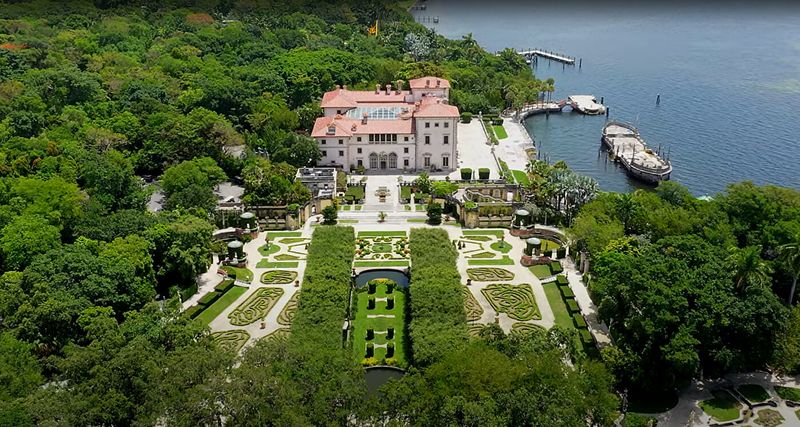
Ever walked into a place and felt like you’ve teleported to Renaissance Italy? Vizcaya creates exactly that magical time-travel experience. Built as industrialist James Deering’s winter home in 1916, this estate blends European grandeur with tropical Miami flair.
The stunning gardens alone make me weak in the knees as a designer, they’re practically architectural rooms without roofs! Though the limestone has weathered many hurricanes, Vizcaya stands proud as Miami’s crown jewel of historic preservation.
13. Merrick House, Coral Gables’ Founding Home
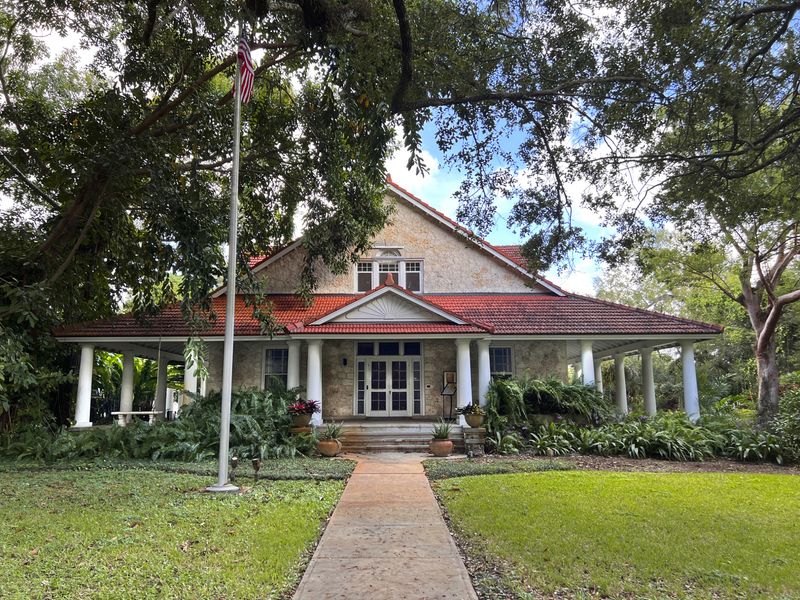
Before Coral Gables became synonymous with Mediterranean elegance, there was this pioneering 1906 coral rock beauty. George Merrick, who later developed the entire planned community, grew up in this distinctive home that blends Colonial and Caribbean influences.
The wide porches practically demand afternoon lemonade sipping! Inside, native pine floors have developed a patina that modern designers try (and fail) to replicate.
Unlike some flashier Florida estates, Merrick House charms with understated proportions and authentic materials that tell the story of early Florida pioneering spirit.
14. Whitehall, The Marble Marvel

When someone gives you a 75-room marble palace as a wedding gift, you know you’ve married well! Henry Flagler presented this Beaux-Arts beauty to his third wife, and it remains one of Palm Beach’s most jaw-dropping estates.
The double-height entrance hall drips with gilt details and European antiques. Whitehall’s symmetry and classical proportions make it an architectural textbook come to life.
It’s now serving as the Flagler Museum, but the estate’s residential spaces still feel like someone might waltz in wearing 1900s evening attire.

